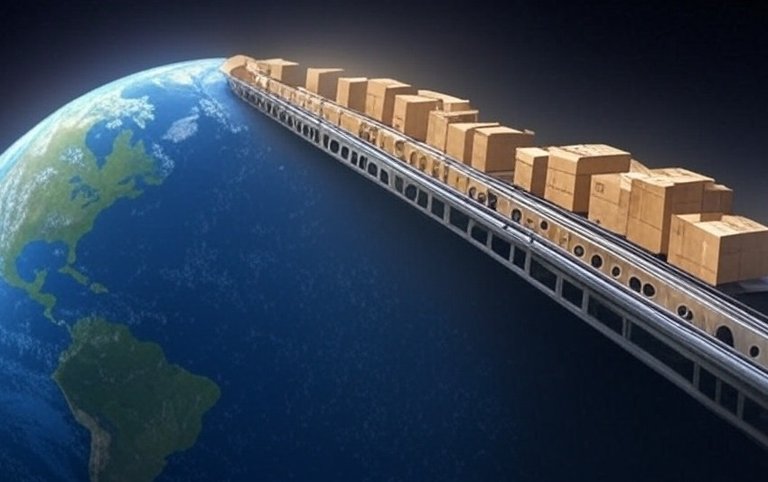In this article we look at third party manufacturing of payload for space.
Earlier in the series the issue of using clean rooms was reviewed, and if they are still needed for everything as they add a lot of time and cost to products.

One of the key impacts of using clean rooms is that is slows down production due to the additional requirements needed.
Third Party Manufacturing
Relaxing the clean room requirements opens the door for many more companies to start providing payload.
Cybertruck is a good example. These are slated to be on the first Mars Starships in 2026. They are not built in clean rooms, just rooms that are clean.
Plants that currently build tractors, dozers, lifters, drills, greenhouses, habitat modules, and all things needed for settlement could easily switch to producing Moon and Mars-ready versions of things needed by tweaking current plants as opposed to needing new ones.
Much of future space activity will involve people. Anything they are going to interact with or use can be built with more freedom.
Partnerships
Increasing production is not a quick step. Planning ahead and creating strategic partnerships now is required to ensure cargo will be ready when needed.
Goals for most mission profiles are already clear. Even with a cursory evaluation, many required products are already known. Finding and forming strong partnerships with non-standard space companies to start producing such cargo will greatly improve the likelihood it will be ready in time.
This also allows for scale. Initial cargo can be produced in smaller scales to suit the smaller number of initial Starships. However, with Starship factories being completed, the number of ships and required cargo will increase rapidly as well.
Having partnerships in place early will ensure this scaling can take place when needed.
To Sum up the Series
The advent of SpaceX's Starship, with its capability to launch daily and carry over 100 tons to orbit, marks a significant shift in space logistics.
Historically, space launches have been relatively infrequent, with payloads averaging around 3,000 kg for dedicated LEO missions. However, Starship's capacity far exceeds current demand, requiring the industry to either find more cargo for this increased capability or risk underutilization.
The vision includes not only Earth-orbit operations but also regular missions to the Moon and Mars, each requiring substantial cargo for scientific research, construction materials for lunar and Mars bases, and supplies for human settlements.
The logistical implications are enormous. SpaceX alone plans to produce one Starship per day, which translates into a need for massive amounts of payload. Current infrastructure and production methods, particularly the stringent use of clean rooms for assembly, will not manage.
Adapting to less controlled environments for certain types of cargo could free up payload production, allowing more companies to contribute to space missions. However, even with these changes, the industry faces the challenge of scaling up production to match the potential launch frequency, which could see thousands of launches annually for missions like Mars colonization.
Finally, the human element of these missions adds another layer of complexity. If half of the Starships are dedicated to human transport, potentially moving thousands of colonists to Mars every two years, the logistics of human spaceflight must evolve dramatically. This includes not only the physical transport or people but also the necessary support systems for life in space or on other planets.
The future of space exploration hinges on solving these logistical problems, requiring innovation in both payload production and mission planning to adjust to the full potential of Starship's capabilities.
Given the scale of the payload needed, increasing production of suitable payload must take place in the near future.
Prepare now, benefit later.